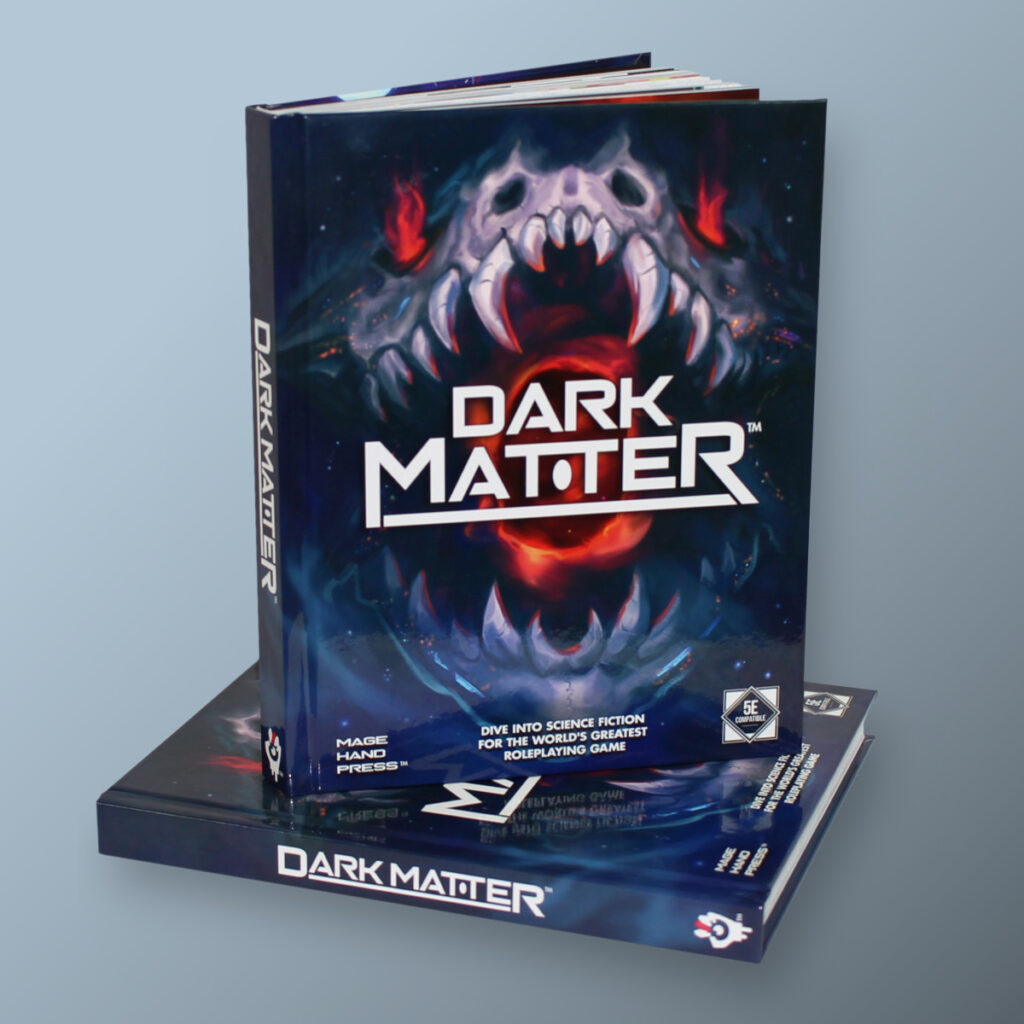Notes from the Nails: this started out as a sidebar for the subclass we’re publishing on Friday, but it ended up being its own thing!
Advanced Fortifications
Castles and other defensive structures are integral to the high fantasy experience, so it seems strange that only passing mention is made of them in the DMG. This article is an attempt to expand those rules and add some interesting variations.
The Anatomy of a Castle
Let’s start with the fortifications themselves. There is a potential for massive variation between castles, depending on where they are located, what their purpose is and who built them. In particular, size, shape and material have a large impact on how much a castle costs to build and how difficult it might be to assault.
Types of Castle
This list includes information from chapter 6 of the DMG.
| Castle | Construction Cost | Construction Time | Maintenance Costs | Garrison |
| Blockhouse | 15,000 gp | 100 days | 50 gp/day | 40 |
| Fortress | 1,000,000 gp | 1,800 days | 1,000 gp/day | 400 |
| Hill fort | 5,000 gp | 60 days | 50 gp/day | 25 |
| Large castle | 500,000 gp | 1,200 days | 200 gp/day | 100 |
| Medium castle | 300,000 gp | 800 days | 150 gp/day | 75 |
| Ruined castle | N/A | N/A | 100 gp/day | 50 |
| Small castle | 50,000 gp | 400 days | 100 gp/day | 50 |
| Watchtower | 15,000 gp | 100 days | 25 gp/day | 10 |
| Wizard’s tower | 25,000 gp | 125 days | 50 gp/day | 5 |
Blockhouse. A small building that provides cover for ranged fighters but no accommodation for civilians. Designed to be constructed quickly and cheaply; unlikely to last long against a determined assault. Could be considered as a low-rise watchtower.
Fortress. A large, fully-militarised structure with strong defenses and significant firepower. Scientific principles are applied in their design.
Hill fort. An early type of castle where the primary defense is a wooden palisade around a hilltop, surrounded by earthworks.
Wizard’s tower. A wizard’s tower is usually taller and less heavily built than a watchtower, but may include unusual arcane defenses. The garrison are likely to be apprentice wizards or summoned monsters.
Additional Security
Beyond the basic structure of the castle, various additions or changes can be made to increase its strength. The following can be applied to any type of castle at a cost equal to the stated percentage of the base castle’s construction cost.
| Feature | Cost |
| Deathtrap | 100 gp per individual trap; 1,000 gp for a complex trap-chamber. |
| Dungeon | 25% of base construction cost. |
| Escape tunnel | 10% of base construction cost. |
| Gargoyle defenders | 500 gp per gargoyle. |
| Increased garrison | 2 gp/day per soldier. |
| Magical traps | 200 gp per trap |
| Moat (dry) | 25% of base construction cost. |
| Moat (flooded) | 35% of base construction cost. |
| Mountaintop location | Base construction cost and time are doubled. |
| Round turrets | 10% of base construction cost. |
Deathtrap. Some castles are built specifically to kill intruders in fiendish complexes of dead ends, trapped corridors and drowning chambers. Individual traps might include the hidden pit, collapsing roof or fire-breathing statue from the DMG, while a self-sealing room that slowly fills with poison gas would count as a complex trap.
Dungeon. A resilient, underground complex that provides shelter in times of hardship. Dungeons cannot be damaged by surface-based attack and fire cannot spread from above ground into them.
Escape tunnel. When the castle is besieged, an escape tunnel enables the defenders to retreat in safety. The length of the tunnel could be anything from a few hundred feet to several miles.
Gargoyle defenders. Some of the castle’s decorations are replaced with dangerous creatures.
Magical traps. Arcane glyphs have been inscribed at key points in the castle, presenting an additional hazard to besiegers. Magical traps use the rules for the glyph of warding spell. Spell glyphs could contain any spell of third level or lower.
Moats. A ditch surrounds the castle, making it harder to get close to the walls. A dry ditch is filled with stakes that make it impassable for mounted troops, and the steep slope requires a DC 15 Strength (Athletics) check to climb. Flooded moats can be swum across, but swimmers are vulnerable to attack and unable to carry much equipment with them. Aquatic monsters such as quippers, water weirds or hydras could be brought in to live in a flooded moat, but the cost to do so is usually prohibitive.
Mountaintop location. Building a castle on the top of a mountain is a logistical challenge, but is worthwhile because the natural defenses and steep escarpments make assaulting it a daunting prospect.
Round turrets. Square turrets are vulnerable to attack by siege weapons, as the corners can be smashed to compromise the structure’s integrity. Rounded towers are harder to break down, having no obvious weaknesses. They have resistance to damage from siege equipment.
Siege Rules
By and large, siege warfare can be carried out using the standard rules. Armour Classes and Hit Points for objects are detailed in the core books, as are the rules governing climbing, falling, swimming and traps. However, some of the situations involved in attacking or defending fortifications are not covered or are left ambiguous. Here are some rulings I would make:
AC & HP for Structures
Permanent structures, such as walls, towers and buildings, should be broken down into 10 foot cubes for the purposes of HP and damage: attacks against part of a wall destroy only that part (though unsupported sections of wall above a destroyed section may well collapse shortly afterwards). Based on the information in the core books, I would use the following statistics:
Hit Points. Walls have 30 HP per inch of thickness. The walls of a standard building might be 6″ thick. Fortified buildings might have walls 1 or 2 feet thick, while the curtain walls of a castle are likely to be at least 5 feet thick if made from stone (that would be 1,800 HP per section). That may seem a lot, but there wouldn’t be much point to building walls in the first place if they couldn’t resist attack!
Armor Class. The ordinary armor classes for materials listed on page 246 of the DMG can be used for most structures, but some parts of a castle are likely to be reinforced using special materials or techniques. Wooden doors banded with iron should have an AC of 16 or 17, for example. Earthworks might have an AC of 12 (though they can be made very thick to compensate). Lastly, in areas where stone is scarce, castles may be built from ceramic bricks. I would give this an AC of 15.
Burning Buildings
Although the strongest fortifications are made of stone, wooden buildings are also used where resources are scare, time is short, or no attack is expected. If such a building is set on fire by any means, the fire can spread quickly. I would rule that an unchecked fire would fill the room it’s in after 1 minute. Any creature in the room would then take 2d6 fire damage at the start of their turn. The risk of the fire spreading to a neighboring room/building could be represented by a d20 roll, with modifiers to account for wind direction, fireproofing, etc., as appropriate. A wooden building that has been burning for 10 minutes starts to collapse.
Collapsing Walls
Fighting in and around castle buildings presents the possibility of large quantities of masonry collapsing onto people, or people standing on top of a wall being injured as it crumbles. As a general rule, when a creature is standing on a section of wall that is demolished, I would treat that as if it was falling, but double the amount of fall damage. Creatures that are standing within a certain distance of the foot of the structure – probably half its height to either side – would be subject to a flat 4d6 bludgeoning damage (DC 13 Dex save for half).
Killing Fields
In most castles, towers and baileys are set in such a way that attackers are exposed to constant attack from defending archers. Figuring out how many archers are able to fire and rolling their attacks individually is impractical, so instead I would have all attacking creatures that start their turn in a zone overlooked by garrisoned towers roll a DC 13 Dexterity saving throw. They would then take 2d6 piercing damage on a failure or 1d6 on a success.
Spiraling Staircases
Spiral staircases can be either right-handed (turning clockwise from the ascender’s point of view) or left-handed (turning anticlockwise) – most are right-handed. I would say that melee attacks made by a creature whose handedness matches the stairs against a target on a higher step have disadvantage. If a character’s handedness has not been determined previously, roll a d100. On a roll of 1-88, the character is right-handed, on 89-99 they are left-handed and on a 00 they are ambidextrous.
New Siege Equipment
Although the DMG covers this one pretty well, here are a few additional toys for you to play with.
Arcane Cannon
Large Object
Armor Class: 17
Hit Points: 50
Damage Immunities: poison, psychic
Arcane cannons come in many shapes and forms, depending on the whims of their creators. They are deployed much like gunpowder cannons, but fire a blast of magical energy instead of a conventional projectile.
Arcane cannons are usually mounted on a wheeled carriage. Before it can be fired, an arcane cannon must be charged and aimed. It takes one action to charge the weapon, which must be performed by a spellcaster, one action to aim it and one action to fire it.
Arcane Beam. The cannon projects a beam of energy in a line 120 feet long and 5 feet wide. Any creature in the area must make a DC 15 Dexterity saving throw, taking 21 (6d6) force damage on a failed save, or half as much on a successful one.
Flame Dragon
Large Object
Armor Class: 18
Hit Points: 100
Damage Immunities: poison, psychic
Flame dragons are hollow stone statues mounted on wheels, containing mechanisms and fuel that allow them to belch flames at nearby targets. Mainly used against invaders after they have breached the internal spaces of a fortress, a well-placed battery of flame dragons can turn a courtyard or hallway into a impassable hellscape.
A flame dragon holds enough fuel for five flame blasts, but requires three actions to refill. It must contain fuel and be aimed before it can be fired; aiming and firing require one action each.
Flame Blast. The dragon sprays flames in 30-foot cone. Any creature in the area must make a DC 13 Dexterity saving throw, taking 13 (3d8) fire damage on a failed save, or half as much on a successful one.
Explosive. If a loaded flame dragon is destroyed by fire damage, it explodes. Any creature within 20 feet of the weapon must make a DC 16 Dexterity saving throw, taking 28 (8d6) fire damage on a failed save, or half as much on a successful one.
Rocket Battery
Large Object
Armor Class: 14
Hit Points: 50
Damage Immunities: poison, psychic
A rocket battery takes the form of a wooden or metal rack, from which dozens of rockets can be simultaneously launched. While they can be difficult to aim, the characteristic screeching sound of the rockets can be extremely intimidating, causing all but the most disciplined troops to dive for cover.
Rocket batteries are usually light enough to be carried by a single humanoid, and may or may not be wheeled. Non-wheeled versions require one minute to limber or unlimber. Before it can be fired, the battery must be loaded and aimed. It takes two actions to load the racks, two actions to aim and one action to fire.
Rocket Barrage. The rocket battery aims at a point within 600 feet. Any creature within 40 feet of that point must make a DC 15 Dexterity saving throw, taking 7 (2d6) fire damage on a failed save, or half as much on a successful one. Furthermore, any creature within 60 feet of the target must make a DC 15 Wisdom saving throw or fall prone and be frightened until the end of their next turn.
Explosive. If a loaded rocket battery is destroyed by fire damage, it explodes. Any creature within 20 feet of the weapon must make a DC 16 Dexterity saving throw, taking 28 (8d6) fire damage on a failed save, or half as much on a successful one.
Special Ammunition
The special types of shot described below can typically be used by any ranged siege weapon. Liquid munitions are for use with cauldrons.
Alchemist’s Fire. 16,000 gp per cauldron-full.
Although incredibly expensive, a cauldron full of alchemist’s fire is likely to spell doom for whatever it is poured on, no matter how tough they may be. This functions exactly like boiling oil (see DMG 255), except that it does 12d12 fire damage instead of 3d6.
Boiling Wax. 30gp per cauldron-full.
Boiling wax works much like boiling oil, except that it deals only 1d6 fire damage. Targets that fail their Dexterity save are restrained for one minute, though they can attempt the saving throw again at the end of each of their turns.
Breaching Shot. 25 gp per round.
Designed to break down fortifications, a breaching shot might include a charge of corrosive acid, carry a minor thunder enchantment or be cunningly shaped to penetrate walls. Attacks with this munition deal double damage to objects and structures; this can be stacked with similar abilities possessed by the weapon or its crew.
Guiding Shot. 100 gp per round.
This piece of ammunition is imbued with divination magic that enables it to be used as a beacon to guide other shots towards the same target. If you hit a target with this shot, any attacks by the same siege engine against the same target within the next minute have advantage.
Holy Water. 100gp per cauldron-full.
Holy water is harmless to most targets, but against fiends and undead, it deals 4d6 radiant damage. Any fires or burning creatures in the area are immediately extinguished.
Incendiary Shot. 50 gp per round.
Most siege engines can fire burning shot — ballistae bolts with oil-soaked tows, barrels of pitch for a trebuchet or bucketfuls of burning coal in a catapult. These munitions all deal their conventional damage as usual, but then burst or explode, scattering flames in a small area even if the original attack missed. Any creature within 10 feet of the target (or within 10 feet of the edge of the weapon’s normal area of effect) takes 3d6 fire damage, or half as much on a successful DC 13 Dexterity saving throw. Flammable objects in this area catch fire.
Quicksilver. 1,000gp per cauldron-full.
When quicksilver is poured onto creatures from a suspended cauldron, it deals no damage, but they must make a DC 15 Constitution saving throw or be poisoned for 24 hours. Creatures that fail their saving throw must also roll once on the long-term madness table. The 10-foot square area that the quicksilver was poured on becomes difficult terrain for the next minute.
Scatter Shot. 10 gp per round.
Any siege weapon that makes an attack roll against a single target can be modified to target an area using some form of shrapnel or grapeshot. Instead of making an attack, choose a point within range. Any creature within 10 feet of this point must make a Dexterity saving throw or take half of the weapon’s normal damage (they take a quarter of the normal damage on a successful save). The DC for this saving throw is equal to 8 + the weapon’s normal attack bonus.
Changelog
16/08/17: extra ammunition types added, HP & AC for walls clarified.



